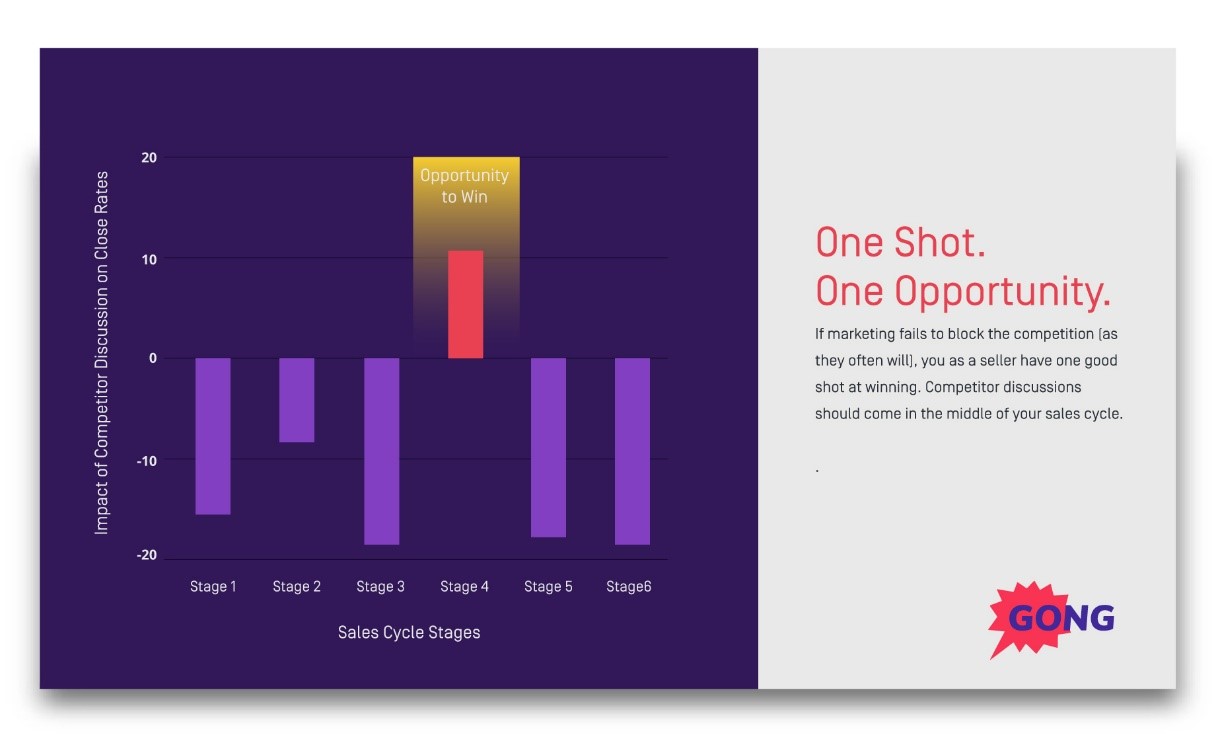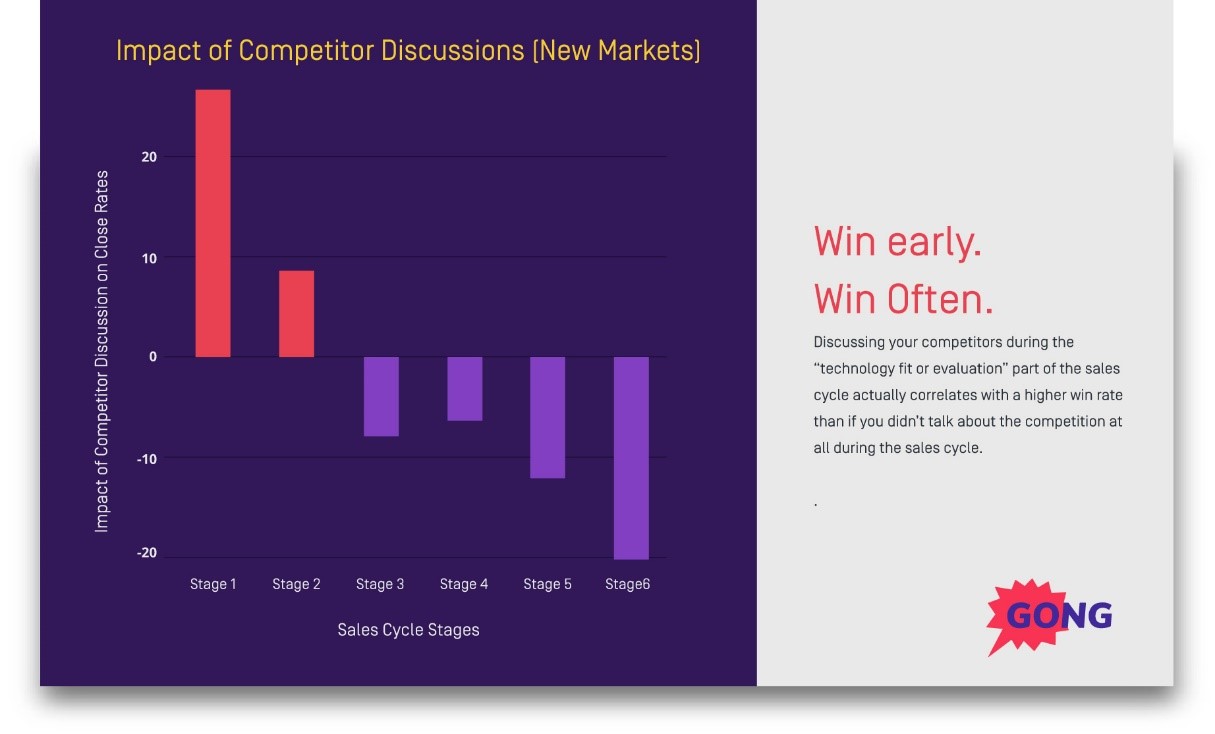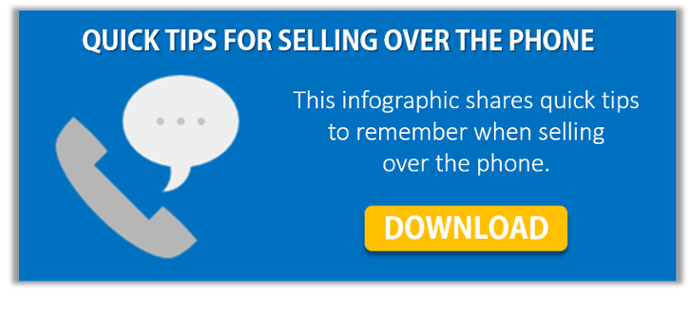What is Competitive Selling?
Competitive selling is a combination of three things: mindset, competition, and positioning
Let’s explore each:
Mindset
Competitive selling starts with your mindset. Your mindset is motivated and empowered. You are not driven by income, but rather from the satisfaction, challenge, and personal achievement that a career in sales affords. It also means you see sales as a game to play, to have fun with and to win.
Competition
You’re ruthless about understanding the industry (or industries) your solution serves as well as getting to know the competitors you’re likely to face on a daily basis. This doesn’t mean you’re constantly comparing yourself to the competition, it simply means you’re knowledgeable about what they offer and how your solution is unique and different.
Positioning (Point-of-View)
Your positioning or point-of-view is a particular attitude or way of considering a matter. It’s your position and passion towards the solution you’re selling and the people, companies and industries you help.
When combined, these three elements give you the ability to leverage competitive selling as an approach and strategy.
We will provide a few tips to help you implement competitive selling in your own day-to-day, but I want to linger on the third element for a moment, Positioning or Point-of-View, to share some interesting findings from the data science team at Gong.io.
They used AI to analyze more than 24,000 competitive deals and the sales conversations that went along with those deals. They recorded, transcribed, and analyzed the conversations using AI. Then, they matched them against CRM opportunities to assess the results.
The database for this study included two types of selling organizations:
- Those in mature markets with many competitors.
- Those in new markets with only a few (but strong) competitors.
What they found was the winning strategy is different for each situation, and it really comes down to the timing of the various topics and issues that need to be addressed throughout the sales cycle.
In mature markets, positioning against the competition is better discussed in the middle of your sales cycle.
 In comparison, if you’re selling in a new market then discussing your competitors at the beginning of the sales cycle correlates with a 24% higher likelihood of closing the deal compared to not discussing the competition at all.
In comparison, if you’re selling in a new market then discussing your competitors at the beginning of the sales cycle correlates with a 24% higher likelihood of closing the deal compared to not discussing the competition at all.
 Additionally, sellers in new markets who embrace positioning on sales calls win more competitive deals than their peers.
Additionally, sellers in new markets who embrace positioning on sales calls win more competitive deals than their peers.
When Gong.io analyzed the topics discussed in the early stages of competitive deals, they found that winning sellers covered positioning-related topics 58% more than their peers who eventually lost the deal:
 Positioning-related topics include:
Positioning-related topics include:
- Positioning: Educate your buyer on the problem you solve and how you are uniquely positioned to handle their challenges.
- Company overview: Explain your company, its background, and where it fits in with other similar companies.
- Category education: Walk your buyer through your market category and where you fit within it.
Developing the competitive sales skills that go along with competitive selling means focusing heavily on being able to perform under pressure, in any type of situation or environment.
Sales professionals who possess competitive sales skills are like professional athletes. They have confidence in their own abilities but fear their equally-skilled competitors, who may be better performers under pressure.
Confidence -- born from focus, attention, and ongoing skill development -- is the chief ingredient for success, no matter what industry or type of market you are selling in.
The rise in the number of competitors and the increasing ease with which customers can research and compare their options means that you have to acknowledge the competition.
Here are a few things to consider as you develop your competitive selling strategy and positioning:
Know the landscape.
If you want to be a competitive salesperson you need to know who’s in the market, what they do and how they differ from you.
Use comparisons as clues.
If you know who your prospect is evaluating and you know the competitive landscape, you can get more insight into how the customer is thinking about solving their problems. This can give you context that you won’t get otherwise.
Hold your ground and don’t rely on price alone to win deals against competitors.
If you discount your product to be cheaper than competitors, it suggests that your product is not as good as theirs. And if you win on price alone, as soon as there is a cheaper option, your customers will churn. Discounting is a lever to use in sales, not a crutch.
Speak passionately about your brand and values.
Customers do not always make business decisions based solely on what would have the highest business impact. Decisions can be influenced by other factors – e.g. the long-term direction of the company, or what the company stands for.
Utilize past success.
Much of the time, the best strategy is to use your current customers. Customer stories that focus on switching from a competitor to you or how you helped increase ROI are so powerful – especially if they have strong statistics that back them up.
Don’t underestimate your own role in winning a deal.
At the end of the day, selling is a personable job. People like doing business with other people they like and respect. Being friendly, informed and honest as a sales rep can be as impactful as any feature release or marketing campaign.
Selling is a game, and there’s a big difference between playing the game and playing to win.
At the end of the day, it’s not simply about wanting to win…it’s about your passion, conviction, and confidence in yourself to be successful.
Competitive selling is about playing every move of the game in a way that increases your odds of winning. You must train your mind to be strategic about the overall plan and tactical execution of each step so you can see what the optimal choice is for every move you make.
To do that, continuously focus on these three things:
- Who you meet in person, over the phone, by email, and connect with on social media
- The words that come out of your mouth during important meetings and phone calls
- How you manage your time
Pay attention to those 3 and you will win more than you lose.
Looking for more tips to level-up your sales game? Check out our infographic for tips on how to improve your skills when selling over the phone.
*Originally posted February 2013. Updated June 2019.
About Molly D Protosow
Molly Protosow is the COO and Training Strategist for DMTraining. She manages the day-to-day business and training operations while helping research and develop new training programs as well as refreshing signature programs to reflect the newest sales trends, technology, and best practices. Molly utilizes her wide-range of skills to create sales and marketing assets focused on delivering value to DMT’s clients. Molly has a passion for learning and leveraging new knowledge and experiences. Outside of DMTraining, Molly is a hard core Pittsburgh sports fan, enjoys staying active by running and golfing, and unwinds by reading and playing the piano.





